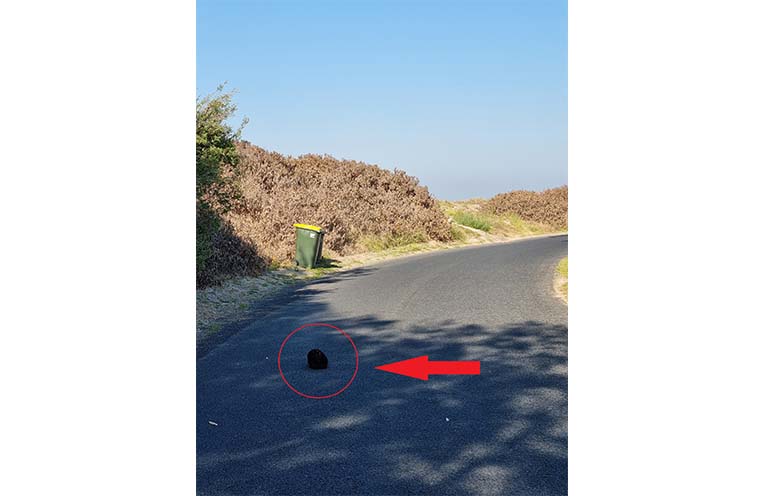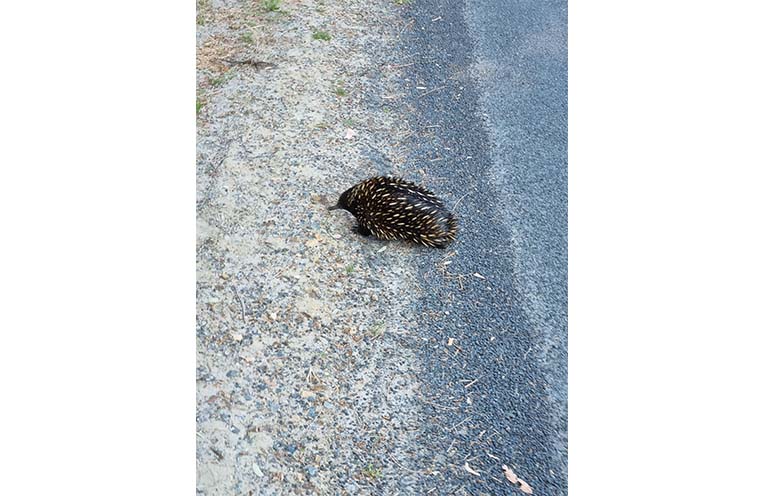
SIGHTINGS of echidnas have ramped up in recent years, and their pocket-sized profiles mean motorists and cyclists need to be especially vigilant on busy roads and blind corners.
Just prior to the June 2021 lockdown, one spiny digger was spotted along Tuloa Avenue in Hawks Nest, likely plumbing an ants’ nest on the sandy side of that road.
 Advertise with News of The Area today.
Advertise with News of The Area today.It’s worth it for your business.
Message us.
Phone us – (02) 4981 8882.
Email us – media@newsofthearea.com.au
In 2022, one was sighted in a historically active bush track leading from Jimmys Beach to Bennetts Beach.
Most recently, in September 2023, two separate echidnas were spotted – one near the corner on The Boulevarde at Winda Woppa, just around from the turn off The Anchorage, the other alarmingly close to the road along busy Kingfisher Avenue, not far from the Hawks Nest end of the Singing Bridge.
Given their stout stature, many unassuming motorists would never have noticed the diminutive monotremes, and in almost every cited case they were located immediately beside the edge of a busy road.
Although the Myall Koala and Environment Group (MKEG) does not actively track echidnas, their website has a host of useful and relevant information on these and the plethora of other native animals to be found across the Myall region.
Echidna breeding season is between July and August, with a single egg laid inside the mother’s pouch four weeks later.
After about ten days, the egg will hatch, producing a ‘puggle’ the size of a jellybean, which is carried, suckling in the pouch for three to four months until its own spines start to develop.
Doing the maths, it is possible that recently spotted echidnas are mothers that are currently suckling their newborns.
“Don’t attempt to pick an echidna up as you may injure it (or yourself),” advises MKEG and the National Parks and Wildlife Service – more information can be found at https://www.myallkoala.org/echidnas.html.
Given that echidnas’ primary defence is to roll into a spiky ball, they may be slow to waddle away along paved surfaces, but will disappear into the bush once granted the opportunity.
By Thomas O’KEEFE
